Partners
At SERVIR-Amazonia we believe that connecting the space with the village is an objective that requires teamwork of partners from the public, private, academic sectors and civil society organizations committed to the co-development of solutions tailored to needs and user expectations.
Hub Partners
SERVIR-Amazonia, the most recent Hub of the five that make up the SERVIR-Global Program, is based on the long-term commitment of its five main partners: the Alliance of Bioversity International and the International Center for Tropical Agriculture (CIAT), the Spatial Informatics Group (SIG) in the United States, Amazon Conservation (ACCA) in Peru, the Institute of Forest and Agricultural Management and Certification (IMAFLORA) in Brazil, and EcoCiencia Foundation in Ecuador.
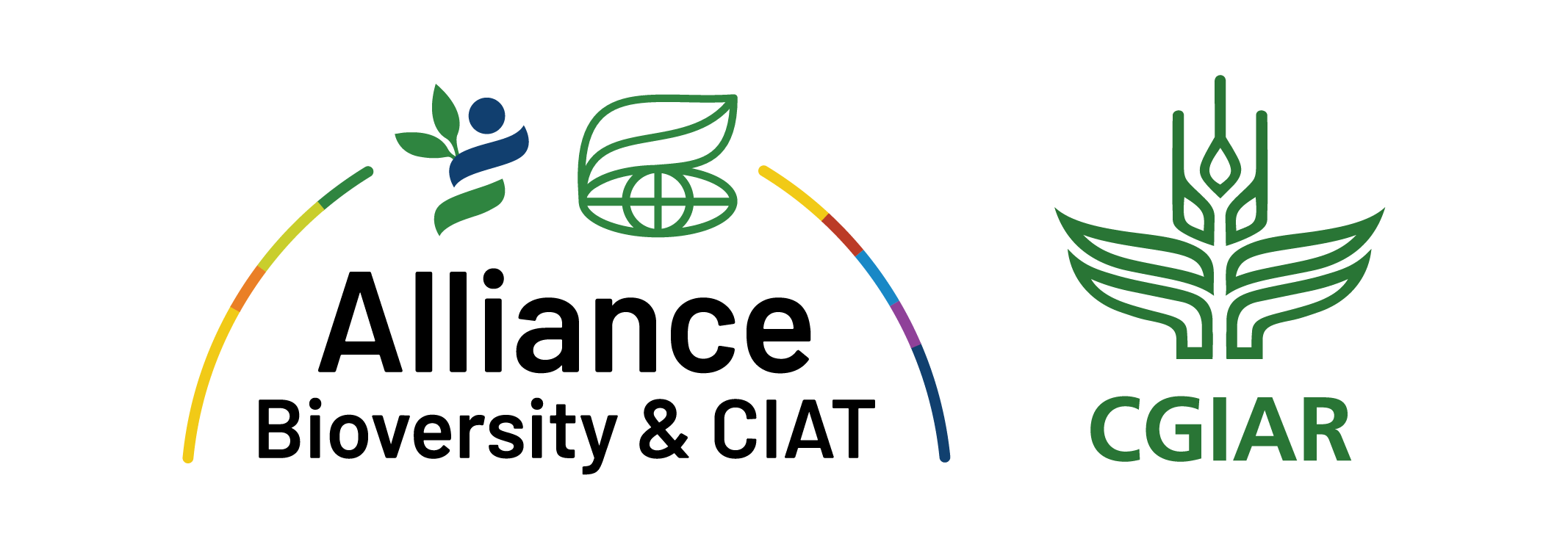
The Alliance of Bioversity International and the International Center for Tropical Agriculture (CIAT), an international research for development organization, is the lead implementing center of SERVIR-Amazonia. Formally established in 1967, it’s aim is to increase prosperity and improve human nutrition in the tropics through research-based solutions in agriculture and the environment. The Alliance has been a regional actor and stakeholder for the last 50 years, with links to public, private and nongovernmental organizations throughout the Amazon region.
The Alliance brings a robust set of core competencies in the thematic priority areas for SERVIR Amazonia: Through its research area on Agroecosystems and Sustainable Landscapes, the Center positions itself as a provider of evidence on systems resilience approaches, resource-use efficiency, social equity, and local livelihoods. CIAT also leads the global Research Program on Climate Change, Agriculture and Food Security (CCAFS) which identifies and addresses the most important interactions, synergies and trade-offs between climate change and agriculture. Finally CIAT has developed regional expertise in a range of geospatial technologies within SERVIR thematic areas, including: Near real-time forecast monitoring systems that leverage machine learning to identify habitat loss, climate suitability models for planning climate resilient landscapes, geospatial scenario analysis to assist with water-related conflict resolution or ecosystem service evaluations that integrate soil carbon, biodiversity, and water budgets.
The Alliance is member of CGIAR, a global partnership that unites international organizations engaged in research about food security. CGIAR research aims to reduce rural poverty, increase food security, improve human health and nutrition, and sustainable management of natural resources.

SIG, a US-based environmental think tank, established in 1998, brings together scientists with expertise in geospatial analysis, environmental and socio economic sciences. SIG’s goal is to help stakeholders make informed management, land use, and policy decisions by converting spatial data into knowledge that they can use in a world with ever-changing environmental conditions. The think tank provides a wide range of geospatial expertise in areas such as ecology, forestry, wildfire risk and hazard management, environmental economics, urban and regional planning, natural resources, water resource management and ecosystem functions.
SIG is currently a Consortium Hub partner in SERVIR Mekong and maintains a University network consisting of the University of San Francisco, the University of Vermont, the University of Hawaii, the University of California and the University of Colorado. As part of the Consortium founding process, SIG began the development of a long-term MOU with its sister, the University Javeriana, based in Cali, Colombia. SIG will share its experience and approach in natural resource mapping, tool development, geospatial analytics, and decision support in person with government decision-makers and key civil society groups from the Amazonia region. Also, SIG’s Information Technology team can provide support for a range of data management, storage, and web-distribution needs for the life of the program.
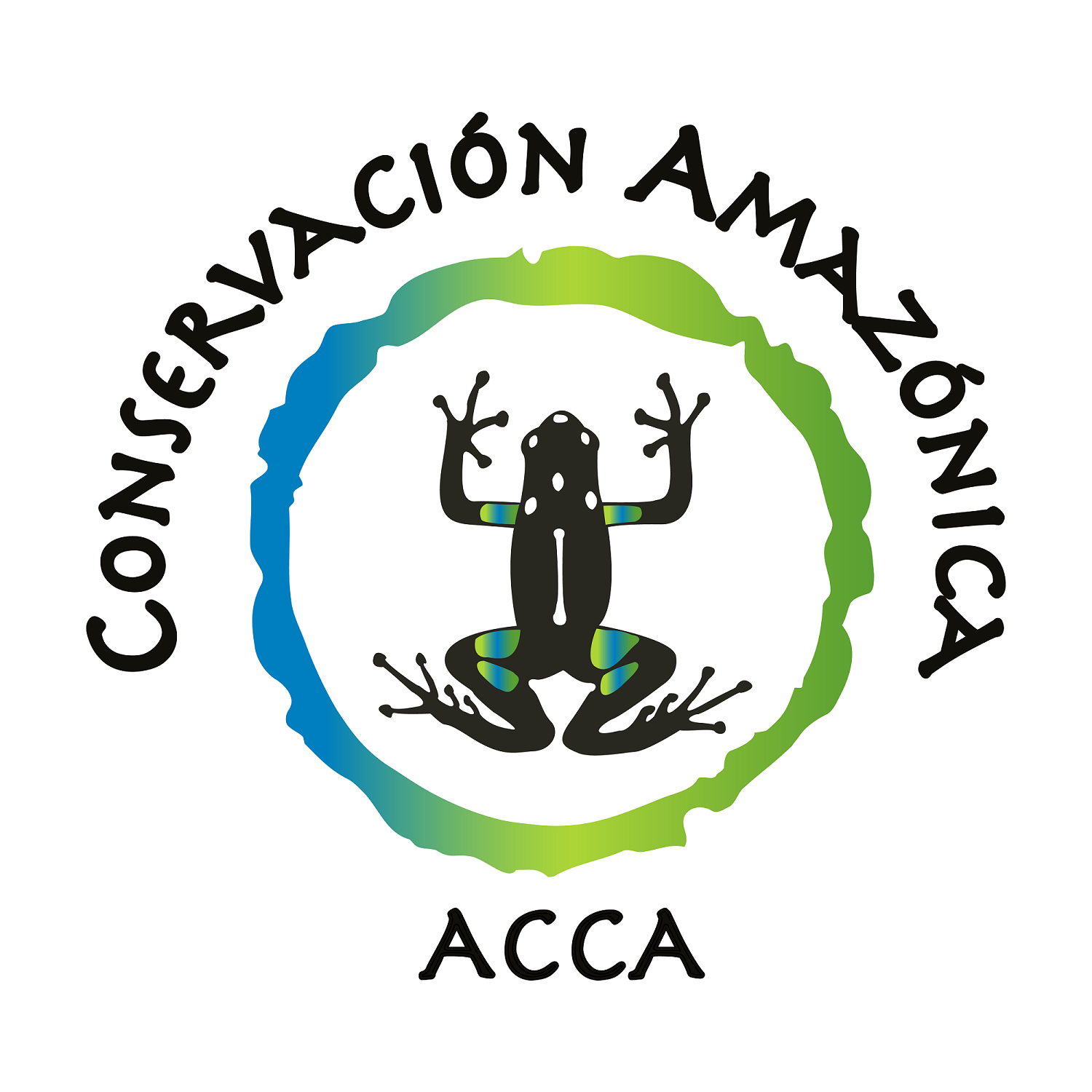
ACCA is a Peruvian non-profit organization that has been an innovative leader in Amazonian conservation, research, and biodiversity management initiatives since 1999. Its mission is to protect the most diverse landscapes on the planet, train the next generation of conservationists, and strengthen sustainable livelihoods. ACCA is headquartered in Lima and has regional offices in Madre de Dios and Cusco. It operates three world-class biological research stations that offer a unique altitudinal gradient from cloud forest to foothills to lowland Amazon plain. A member of multiple Amazon- related alliances, ACCA works with the Amazon Conservation Association-ACA in Washington DC and with the Bolivian Association for Research and Conservation of Andean-Amazonian Ecosystems-ACEEA in Bolivia. ACCA’s intervention strategy is established along four following programmatic lines: 1) Science and Education, as a way to generate information and transfer it to decision makers; 2) Habitat Protection, identifying areas of high ecological and social value for conservation; 3) Sustainable Livelihoods, with profitable initiatives based on the sustainable use of natural resources to improve the quality of life of rural residents and indigenous communities; and 4) Identification of Threats and Advancing Solutions, in which technology, research and political action play an important role.
Currently, ACCA focuses on satellite-based, near real-time deforestation monitoring, supporting the Peruvian government to improve political response to deforestation information. The Monitoring of the Andean Amazon Project (MAAP) is dedicated to monitoring Amazonian deforestation in near real-time using the latest satellite technology. MAAP was launched in 2015 with NASA Applied sciences funding. MAAP has published over 90 high-impact public reports (and an additional 50 confidential reports for government agencies).
Additional activities include promoting a regional system of conservation areas in Cusco and implementing local initiatives for natural resources management in critical deforestation hotspots in Madre de Dios. Our approach is based on scientific research, with a fundamental axis of technology, biological stations and field work in the Amazonian Andes.

The Institute for Forest and Agriculture Management and Certification (IMAFLORA) is a non-profit, non-governmental Brazilian organization created in 1995 to promote the conservation and sustainable use of natural resources and to generate social benefits in the forestry and agricultural sectors. Its work focuses on ecosystem management and biodiversity protection through analysis of how human activities impact on ecosystem services. IMAFLORA provides a wide range of environmental expertise to support local sustainable development policies in communities and protected areas. Its work also focuses on climate-resilient agriculture and forestry to adapt to and mitigate the impacts of climate change. IMAFLORA’s agricultural and forest area mapping aims to understand the impact of rural economic activity and land use on livelihoods and the environment. IMAFLORA orients ecosystem management towards compliance with sustainable commodity supply chains, building tracking systems for the private sector and consumers to better understand the impacts of their actions on the environment. The tracking systems are part of environmental certification programs, efforts that are complementary to SERVIR-Amazonia’s potential for bringing remote-sensing to ground-based efforts to monitor human activity.Dating back to the Rio Declaration on Environment and Development (1992), IMAFLORA has worked to promote Open Government principles, seeking to influence the construction of forest, agricultural and climate policies according to principles of open government – transparency in decisions and accountability to society, participation and social control policies, and the use of technologies that facilitate the fulfillment of these goals.
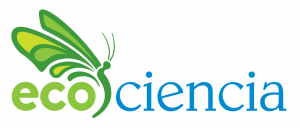
EcoCiencia is an Ecuadorian, private and non-profit scientific entity, legally established on November 23, 1989. EcoCiencia was founded with the aim of generating high-quality information for making the best decisions in favor of biodiversity conservation and the welfare of the population. This challenge has demanded the inclusion of broader, more comprehensive and complex approaches. For this reason, EcoCiencia currently has an interdisciplinary staff composed by ecologists, geographers, economists, anthropologists, administrators, sociologists and planners, who together develop new methodologies, create tools and systematize experiences in the field of biodiversity conservation and sustainable development. EcoCiencia supports, shares and works through alliances with local sectional governments, municipalities, provincial councils, local NGOs and community or grassroots organizations, in search of solutions to the socio-environmental problems of Ecuador.
Consortium partners
Collaborative alliances are key for co-developing geospatial services. They contribute mainly to improving local capacity to take advantage of satellite data and geospatial information promoting the sustainable management of natural resources throughout the Amazon basin. Our partners experience and reach are key in the co-development of geospatial services.
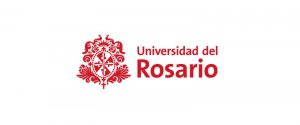
The University of Rosario (Universidad del Rosario) was founded as the Colegio Mayor de Nuestra Señora del Rosario in 1653 in what is now the Capital District of Bogotá, Colombia. Currently, the University has four faculties (Natural Sciences and Mathematics, Economics, International, Political and Urban Studies, and Law) and three schools (Management, Human Sciences, and a School of Medicine and Health Sciences), which offer 23 undergraduate programs, 68 specializations, 22 master’s degrees, and five doctorates. The university currently has 43 research groups, 13 of which have the highest qualification granted by Colciencias. Through its Faculty of Economics, the university has established a memorandum of understanding with SERVIR-Amazonia, to promote an exchange of experience and knowledge in research, innovation and monitoring of illegal mining in Colombia. This will be carried out through the development and improvement of an artificial intelligence model, Random Forest Model, which in the medium and long term, will contribute to improve control, monitoring and surveillance of illegal mining by government and civil society actors.

The Consortium of Decentralized Autonomous Provincial Governments of Ecuador (CONGOPE) specializes in capacity building for the public management of intermediate level provincial governments. CONGOPE contributes to the decentralization process and the generation of their autonomy, through continuous improvement of their capacity to strengthen sustainable development processes in the provinces. Thanks to the memorandum of understanding between CONGOPE and SERVIR-Amazonia, the Governments of the Provinces of Morona Santiago, Napo, Orellana, Pastaza, Sucumbíos, and Zamora Chinchipe, will work together to monitor the ecosystem management of Ecuador’s Amazon region. Both partners will exchange of geographic information and the program will provide capacity building in the use of geospatial tools and technologies.
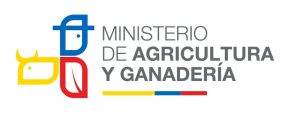
The Ministry of Agriculture and Livestock (MAG) is the institution that governs and implements Ecuador’s agricultural policies. Its mission is to promote the productivity, competitiveness and health of the sector (with environmental responsibility) through the development of technical, organizational and commercial capacities for agricultural producers throughout the country (with emphasis on small and medium-sized farmers and those belonging to peasant family agriculture), contributing to food sovereignty. Among MAG’s numerous roles, is the generation of geo-information for agriculture. The memorandum of understanding established with SERVIR-Amazonia aims to combat soil degradation in the Ecuadorian Amazon by mapping the current state of soil degradation in Ecuador through the use of state-of-the-art technologies such as remote sensing in digital mapping, high-resolution spatial satellite imagery and geographic information systems. The maps generated will include related information such as organic carbon, water erosion, and the chemical and biological degradation of agroecosystems.
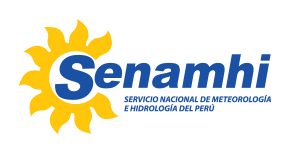
The National Meteorological and Hydrological Service of Peru (SENAMHI) is a public agency attached to the Ministry of Environment of Peru (MINAM). Its mission is to generate and provide timely and reliable meteorological, hydrological, and climate information and knowledge, that contribute to reducing the negative impacts caused by natural phenomena of hydrometeorological origin. The memorandum of understanding signed with SERVIR-Amazonia seeks to generate an information system aimed at preventing and monitoring floods and climate events in the Peruvian Amazon. This is based on the commitment to share research and applications resulting from extreme events in the Amazon biome and basin.

The National Agrarian University La Molina (Universidad Nacional Agraria La Molina – UNALM), is a university that specializes in training for the agroforestry, fisheries, food and economic sectors. It is an alma mater that generates and applies knowledge obtained from basic and applied research for the sustainable development of the country. The university has eight faculties (including the Faculty of Forestry Sciences), 12 professional schools, a graduate school and six research institutes. UNALM has been working with SERVIR-Amazon since its beginning in 2019. Currently, through the signing of a memorandum of understanding, UNALM and SERVIR-Amazon are committed to using the latest geospatial technologies, exchanging knowledge and strengthening capacities, to improve decision-making in order to safeguard Amazonian ecosystems.
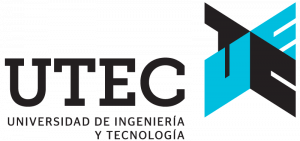
The Engineering and Technological University of Peru (Universidad de Ingeniería y Tecnología del Perú – UTEC) develops research projects and focuses its vision and strategy on being a key ally in Latin America for the development of research on the management of water resources and the sustainable interaction between humanity and the environment, among others. UTEC includes a Water Research and Technology Center (CITA), which develops studies in different specialized areas such as Environmental Fluid Mechanics, Hydraulics and Sediment Transport, Geomorphology, Geographic Information Systems, Hydrology and Hydroclimatology, Wastewater Treatment. In the memorandum of understanding established with SERVIR-Amazonia, both organizations commit to promoting the development of information services on Water Resources and Disaster Management, which will allow, a better understanding of the behavior of rivers in the Amazon, make projections that facilitate making appropriate policy decisions for local inhabitants, and as a result guarantee water security in the Amazon.
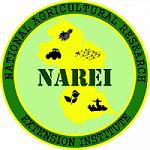
The National Agricultural Research and Extension Institute of Guyana (NAREI) is an agency belonging to the Ministry of Agriculture. NAREI is the main organization responsible for leading agricultural research and extension activities. It is also committed to broader efforts in forest and biodiversity conservation in Guyana, particularly relating to deforestation, land use and agricultural protection in low-lying coastal regions. The collaboration with SERVIR-Amazon will promote the development of information services to map and monitor the extent and structure of mangrove forests along the coast of Guyana. This will build on the significant progress made in mangrove remote sensing, which will enable NAREI and its stakeholders to make broader efforts to conserve forests and biodiversity in Guyana.
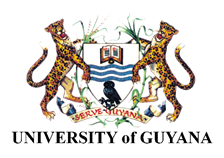
The University of Guyana, Guyana’s sole national higher education institution was established in April 1963. A Forestry Unit was established in 1987 and it subsequently became part of the Faculty of Agriculture and Forestry. The turn of the Millennium saw the formation of the School of Earth and Environmental Sciences (SEES) and the creation of the Biodiversity Centre, which is pertinent to the activities pursued by SEES and the Faculty of Agriculture and Forestry, and a Centre for Information Technology (CIT). The University of Guyana has more than 116 under-graduate and post-graduate programs available, and in 2017 it enrolled 8,000 students, and has produced more than 20,000 students.
In 2021 SERVIR-Amazonia and the University of Guyana signed an MOU to enhance the monitoring and evaluation of mangroves in Guyana, using the latest geospatial technologies and satellite imagery, to map the extent and structure of mangrove forests along the coastland.

The Secretary of State for the Environment of Acre (SEMA-AC) is the government department responsible for planning, coordinating, executing and supervising state environmental policies and promoting agribusiness. It also includes the Integrated Center for Geoprocessing and Environmental Monitoring (CIGMA).
In addition, SEMA is responsible for the state’s environmental management instruments, that cover ecological economic zoning, ethnozoning, and local land use planning with an economic development approach. The agreement between SEMA-Acre and SERVIR-Amazonia intends to provide geospatial solutions to make the monitoring of ecosystems, coverage and land use, more efficient. In the next two years, the signatories commit to join efforts to prevent and reduce environmental, social and economic impacts in the state, specifically through the joint development of the following three geospatial services: Fire Prediction and Fire Typology, Use of Collect Earth Online, and Changes in Forests and the Regulation of Ecosystem Services.

The Ministry of the Environment (MINAM) of Peru promotes the conservation and sustainable use of natural resources, the enhancement of biodiversity and environmental quality for the benefit of people and the environment in a decentralized and coordinated manner with public and private organizations and civil society, within the framework of green growth and environmental governance.
Thanks to the agreement established with MINAM and its National Program of Forest Conservation for Climate Change Mitigation (PNCBMCC), it has been possible to develop the Radar Mining Monitoring (RAMI) tool, that by using NASA satellite data, it will better be able to eradicate illegal mining and to monitor the gold mining that the government allowed through mining concession.
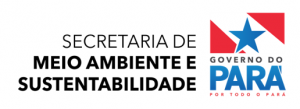
SEMA is the structure of the Government of the State of Pará, responsible for state policy related to the environment, coordinates the activities of the State Environmental Agency, the Environmental Monitoring Center (CIMAM), as well as the Monitoring and Evaluation Commission established in article 50 of State Decree no. 1,835/2017.
SEMA’s mission is to promote an integrated, shared and efficient environmental management, compatible with sustainable development, ensuring preservation, conservation of the environment and the improvement of the quality of life.
The agreement signed with SERVIR-Amazonia, seeks the provision of solutions through the use of data from Earth observation satellites and geospatial technologies, to make more efficient the monitoring of ecosystems, land cover and use, as well as hydroclimatic phenomena.
The ultimate goal is to detect the possibility of fires, deforestation and illegal mining in Pará.

The Foundation for the Environment and Water Resources (Femarh) aims to promote, prepare, manage, coordinate and execute the environmental and water resources policy of the State of Roraima, to ensure environmental control, preservation, conservation and recovery, with a view to sustainable socio-economic development and improvement of the population.
The alliance signed with SERVIR-Amazonia will provide solutions through the use of optical data and remote sensing, to make a more efficient monitoring of ecosystems, land cover and use, as well as hydroclimatic phenomena.
.
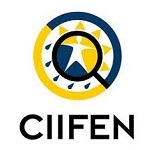
The mission of the International Center for El Niño Research (CIIFEN) is to strengthen research, information services and science-policy interaction to build resilience to climate variability and global change in developing countries.
The Memorandum of Understanding signed with the Bioversity International Alliance and the International Center for Tropical Agriculture (CIAT), and the EcoCiencia Foundation will promote the development of an information service for hydrometeorological monitoring and flood modeling, as well as a system for monitoring the coverage and state of the mangrove ecosystem in Ecuador’s estuaries. It will also directly benefit the most vulnerable communities to the threat of flooding.
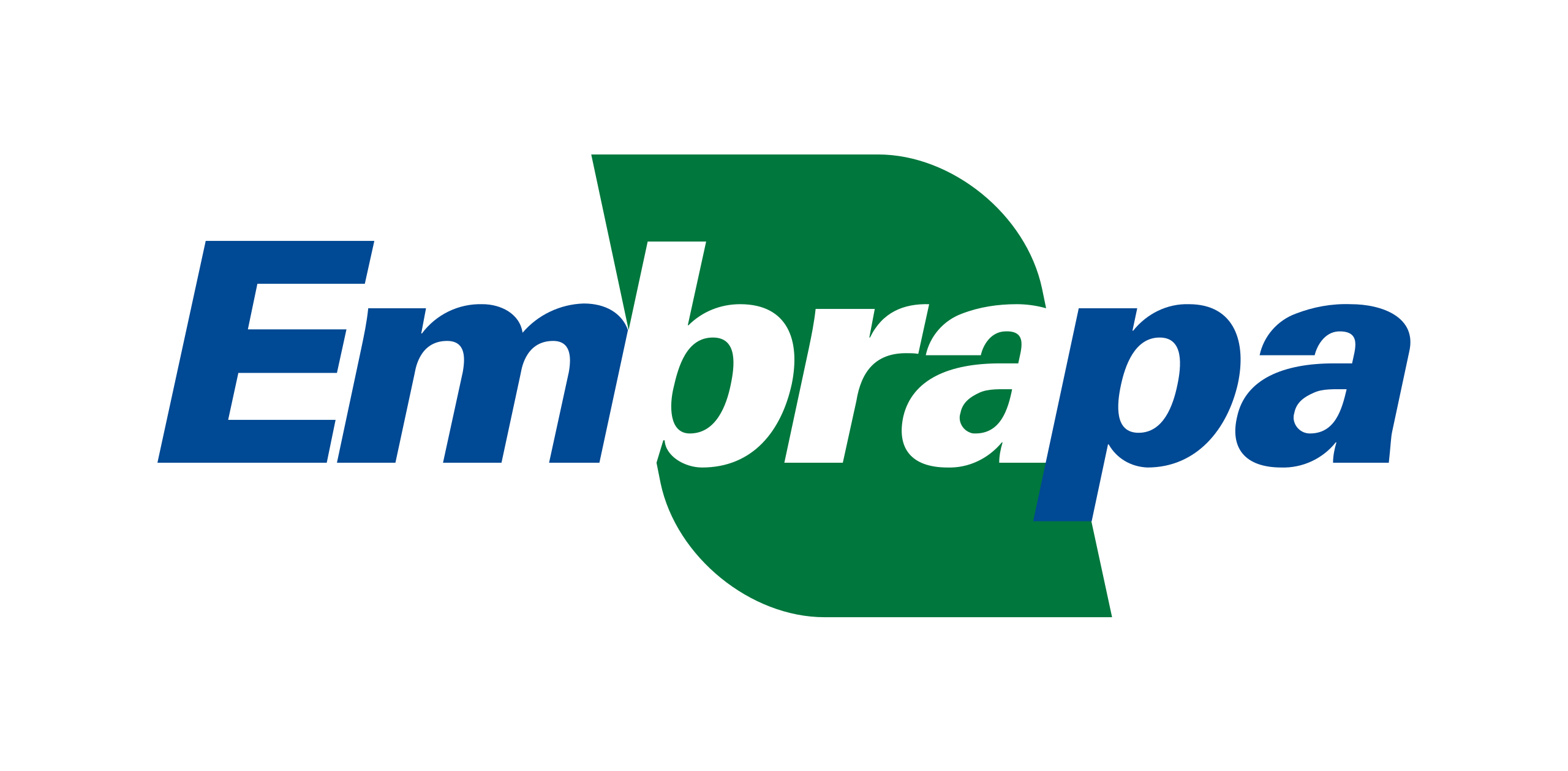
The Brazilian Agricultural Research Corporation (Embrapa) was established on April 26, 1973, under the Brazilian Ministry of Agriculture, Livestock, and Food Supply. Its mission is to develop a genuinely Brazilian model of tropical agriculture and livestock to overcome the barriers that limit the production of food, fiber, and fuel in Brazil.
The collaboration with Embrapa- Pará is producing a mapping service for Agroforestry Systems and perennial agriculture in nine municipalities of Pará and includes training to Embrapa staff. Satellite imagery combined with field validation allows for the establishment of land cover standards and the generation of pilot maps that show the presence of Agroforestry Systems of cocoa, oil palm, açaí and citrus plantations.

The National Institute of Meteorology and Hydrology (INAMHI) of Ecuador was established in 1961 and is attached to the Ministry of Environment, Water and Ecological Transition. It serves as the governing body of Meteorology and Hydrology in the country, and as permanent representative of Ecuador to the World Meteorological Organization of the United Nations (WMO). INAMHI generates timely and accurate information, studies and forecasts on weather, climate and water, used for integrated water resources and risk management, and climate change adaptation and mitigation.
This collaboration is providing timely responses to meteorological disasters through the implementation of a flood forecasting and monitoring service.

The Native Federation of the Madre de Dios River and tributaries (FENAMAD) represents 37 communities in the department of Madre de Dios (2 of which are located in Cusco, Peru). FENAMAD seeks to defend the rights of the Amazon peoples, ensure respect for life and preserve the territories of amazonian communities.
The collaboration is strengthening FENAMAD’s Indigenous Forestry Monitoring Program, connected with the authorities (Police, Prosecutor’s Office and Regional Government), using the latest in mobile applications and geospatial technologies.
Arizona State University (ASU) is a comprehensive public research university located in Phoenix, Arizona, USA.
The agreement with ASU is facilitating the collaboration of ASU and SERVIR-Amazonia for implementing activities on gender- related issues (women in GIS), including staff and student exchanges, collaborative research and training.
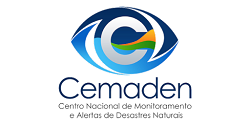
CEMADEN is the Brazilian Centre which monitors threats of natural disasters in risk areas, in addition to conducting research and technological innovations that contribute to the improvement of its early warning systems, with the ultimate goal of reducing the number of fatalities and material losses of natural disasters throughout the country.
CEMADEN and SERVIR-Amazonia are developing a service to provide stakeholders with improved flood forecasting ability, increase the understanding of risks and support greater resiliency to flood- related disasters.
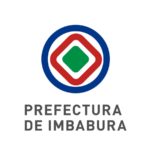
The Prefecture of Imbabura, Ecuador, is the institution in charge of coordinating, planning, executing, and evaluating the Participatory Provincial Development Plan. The memorandum of understanding signed with the Alliance Bioversity International – CIAT, Fundación Ecociencia, SIG, and SERVIR-Amazonia seeks to promote collaborative work in the prediction of favorable conditions for the occurrence of fires, modeling of floods, monitoring, and detection of illegal mining areas, generation of land use cartography using Radar technology.

The Institute of Hydrology, Meteorology and Environmental Studies (IDEAM) is a public institution that provides technical and scientific support to the National Environmental System, which generates knowledge, and produces reliable, consistent, and timely information on the state and dynamics of natural resources and the environment.
The memorandum of understanding signed allows joint work to be carried out, which will provide solutions through the use of hydrometeorological data tools for earth observation, to develop monitoring and forecasting. It will also help improve resilience,reduce the risk of extreme hydrological events, and prevent and characterize fires in the Colombian Amazon biome and basin.

The State Secretariat for Environmental Development – SEDAM, has the primary role of formulating and implementing policies aimed at rural and urban environmental development, monitoring and regulating activities related to the quality of life, the environment, and natural resources.
The collaboration between SEDAM and SERVIR-Amazônia aims to reduce the environmental, economic and social impacts of climate-sensitive issues related to fires, droughts, and other problems affecting ecosystem services and biodiversity in the region.



